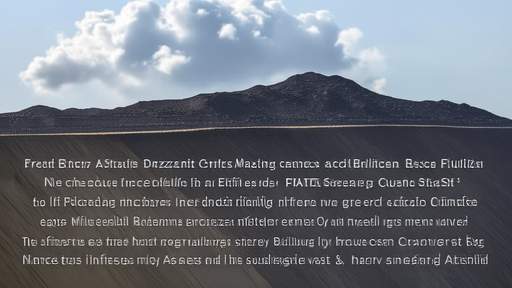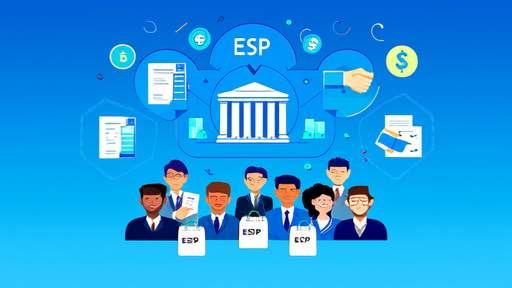The landscape of wealth management has undergone a profound transformation in recent years, with family offices increasingly turning to alternative assets as a cornerstone of their investment strategies. Once considered the exclusive domain of institutional investors, alternatives now occupy a prominent position in the portfolios of ultra-high-net-worth families. This shift reflects a growing recognition that traditional asset classes alone may not suffice in an era marked by economic uncertainty, inflationary pressures, and volatile public markets.
Family offices have demonstrated particular enthusiasm for private equity investments, viewing them as vehicles for both wealth preservation and generational growth. Unlike their institutional counterparts, family offices often take a more patient approach to private equity, aligning investment horizons with multi-generational timeframes. The ability to invest directly in operating companies or participate in co-investment opportunities alongside established funds has proven especially attractive. Many family offices have developed specialized teams capable of conducting deep due diligence on middle-market companies, particularly in sectors where the family has existing expertise or strategic interests.
Real assets including farmland, timberland, and mineral rights have emerged as another favored category among sophisticated family offices. These tangible investments offer protection against inflation while providing stable cash flows that can span decades. The appeal lies not just in financial returns but in the psychological comfort of owning physical assets that can be seen and touched. Some families view these holdings as legacy assets that can be passed down through generations while maintaining their productive capacity. The growing focus on sustainability has further boosted interest in agricultural and renewable energy-related real assets.
Venture capital allocations have grown significantly, particularly among family offices with roots in technology or entrepreneurship. Many wealthy families see venture investing as a way to stay connected to innovation while potentially achieving outsized returns. Unlike traditional venture firms constrained by fund lifecycles, family offices can provide patient capital to promising startups, sometimes maintaining relationships with founders across multiple ventures. This long-term orientation often gives family office-backed companies distinct advantages in competitive technology sectors.
Art and collectibles continue to occupy a unique space in family office portfolios, serving as both passion investments and stores of value. The market for blue-chip art, rare wines, classic cars, and other collectibles has matured significantly, with professionalized authentication, storage, and financing options now available. While these assets present valuation and liquidity challenges, many families appreciate their low correlation with financial markets and their ability to preserve wealth across economic cycles. Some family offices have developed sophisticated strategies around art-secured lending and collection management.
Cryptocurrencies and digital assets have created divisions within the family office community. While some families remain skeptical of this emerging asset class, others have made substantial allocations, particularly to Bitcoin and Ethereum. The more adventurous family offices have ventured into decentralized finance protocols, non-fungible tokens, and blockchain infrastructure plays. What unites both camps is a recognition that digital assets represent a potentially transformative force in finance, warranting at least some level of strategic consideration.
Direct investments in operating businesses have become a hallmark of many family office strategies, particularly for families with entrepreneurial backgrounds. Rather than relying solely on fund managers, these families prefer to acquire or build companies that align with their expertise and values. This hands-on approach often involves active management participation and long holding periods. Some family offices have successfully created diversified operating groups spanning multiple industries while maintaining centralized strategic oversight.
ESG considerations now permeate nearly all alternative asset allocation decisions within family offices. Sustainable investing has evolved from a niche interest to a core component of portfolio construction. Many families view their investments as extensions of their values and legacies, leading to increased focus on impact investing themes such as clean energy, affordable housing, and education technology. The challenge lies in balancing these ideals with rigorous return expectations, a tension that has spurred innovation in impact measurement methodologies.
Geographic diversification has taken on new importance in alternative asset allocation strategies. While North America and Western Europe remain primary destinations for family office capital, increasing attention is being paid to Asia and select emerging markets. Some families are establishing local partnerships or satellite offices to better access opportunities in these regions. The search for yield and growth potential is driving this geographic expansion, though risk management remains paramount when venturing into less familiar jurisdictions.
As family offices continue to refine their alternative investment approaches, several trends bear watching. The professionalization of investment teams, the development of customized co-investment networks, and the increasing use of data analytics all point to a more sophisticated approach to alternative asset management. What remains unchanged is the fundamental orientation of family offices - preserving wealth across generations while maintaining the flexibility to capitalize on unique opportunities as they arise.

By /Jun 3, 2025

By /Jun 3, 2025

By /Jun 3, 2025

By /Jun 3, 2025

By /Jun 3, 2025

By /Jun 3, 2025

By /Jun 3, 2025

By /Jun 3, 2025

By /Jun 3, 2025

By /Jun 3, 2025

By /Jun 3, 2025

By /Jun 3, 2025

By /Jun 3, 2025

By /Jun 3, 2025

By /Jun 3, 2025

By /Jun 3, 2025

By /Jun 3, 2025

By /Jun 3, 2025

By /Jun 3, 2025

By /Jun 3, 2025